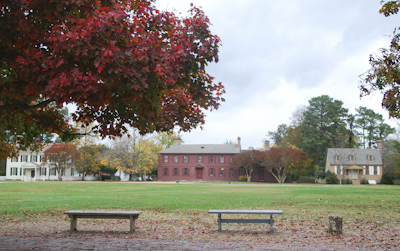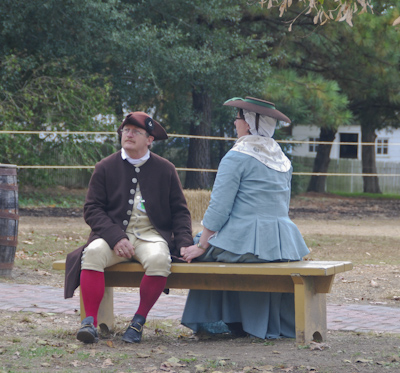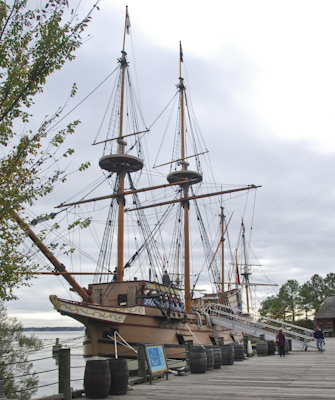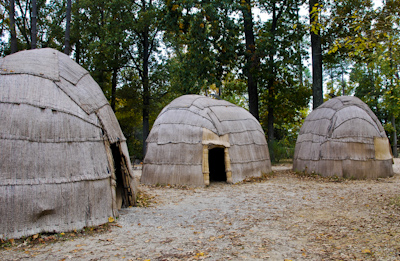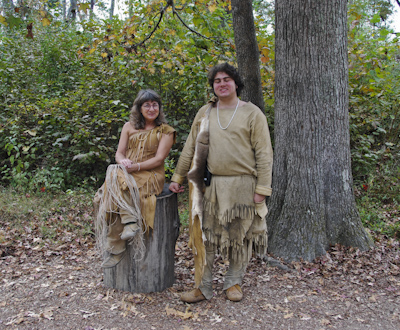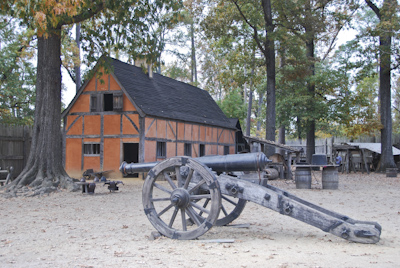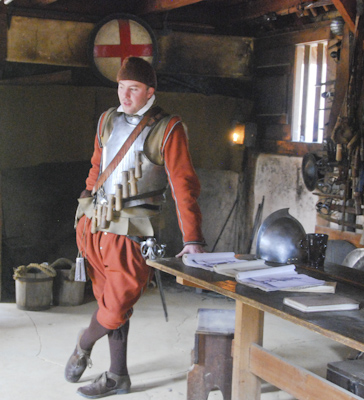Friday, November 8, 2013
My last entry was written at the beginning of this trip. Now I’m writing at the end of a very busy week which was filled with history and genealogy lectures at Colonial Williamsburg in Virginia. While I sat listening and taking notes in seminars, Jeff filled his time exploring the Tidewater region of coastal Virginia. The lectures and field trips were organized by Road Scholars, which conducts national and international learning adventures for people over 55 years of age.
 Bruton Parish Church From 1674
Bruton Parish Church From 1674
For me this was a week of lectures about Colonial history intersperced with several research field trips. My group of 15 historians and I traveled to the Swem Library on the campus the College of William & Mary, the Library of Virginia in Richmond, and Colonial Williamsburg.
I was able to take a few photographs when our group had a tour of Colonial Williamsburg conducted by a professional guide. Her knowledge of the early Virginia colony was impressive. She was familiar with every house in the village and told stories about the people and families who lived there. Her colorful stories were very interesting and amusing.
Colonial Williamsburg is a wonderful place to visit to learn about early American history. A few miles away are two more historic sites of Jamestown Settlement and Historic Jamestowne. Jamestown Settlement is a living history site with several recreated villages and a large museum. Historic Jamestowne, which is part of the U. S. National Park Service, is the original site of the first Virginia colony of 1607.
One free afternoon, Jeff and I explored Jamestown. We visited replicas of the first three ships which brought 144 people and supplies to the new Virginia Colony. The largest ship was the Susan Constant which carried 71 people and cargo on the hazardous four-month trans-Atlantic journey. The smaller ships, the Godspeed and the Discovery, carried fewer people but additional supplies for the British Colonists.
Jamestown Settlement had a replica of a Native American village of the Powhatans. When I asked the docents about the authenticity of their costumes, the woman said the native people wore much less clothing year-round. She said they wore little clothing, smeared bear grease on their bodies, and wrapped animal skins around themselves to keep warm in winter.
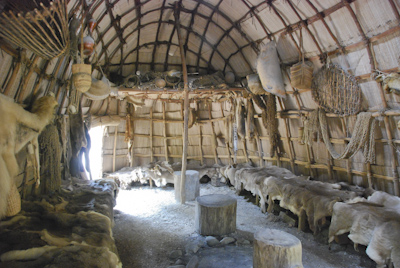 Interior of Native American Houses
Interior of Native American Houses
The re-created fort of Jamestown showed buildings and houses from 1610 – 1614. The village and fort were created from original drawings of the period. There are excellent websites for more information about all the sites.
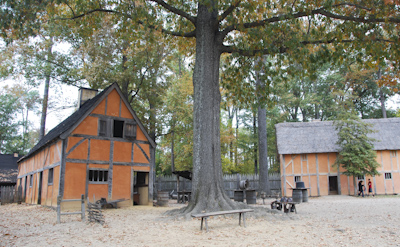 Buildings Within Jamestown Settlement
Buildings Within Jamestown Settlement
During the rest of the week, while I was learning about chancery records, deeds, and church records, Jeff explored local museums and other historic sites of Yorktown and Richmond. For me, it was an intense learning experience and I learned a great deal about genealogy and the history of the early Colonists and how they lived.
